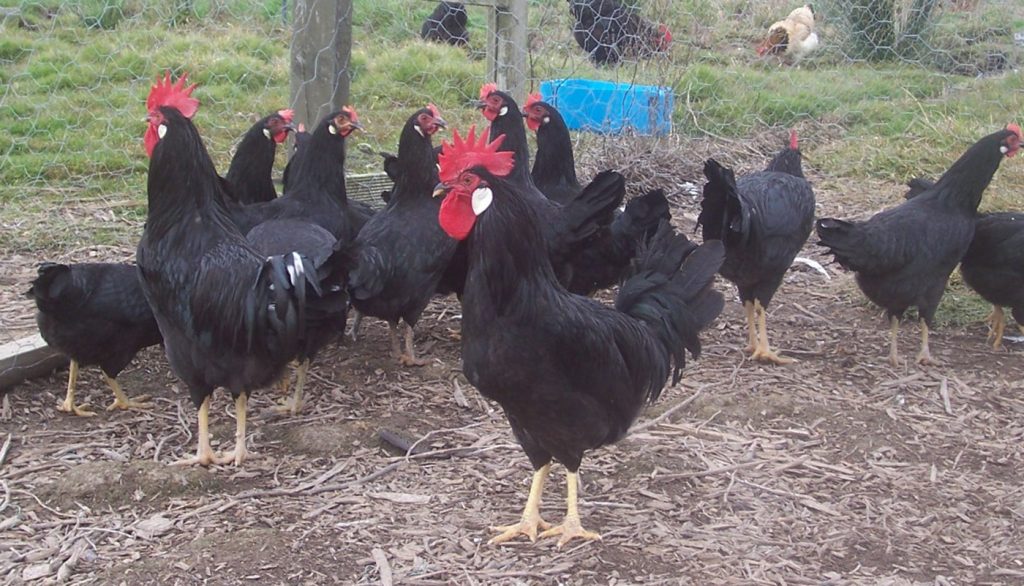
The Minorca chicken has large wattles, combs and mostly white earlobes. Their hock and body feathers seem to flow over their body and magnificent tail feathers.
These rugged hardy chickens are really happy to free-range and get most if not all of the food from their fresh daily foraging catch. They are excellent foragers and can take to any soil type but will adapt to confinement without much fuss if necessary.
They are very good layers of extra large to large white eggs, although they have meaty carcasses their meat is said to be dry and when they were used as a table bird they were larded before being roasted.
They also make quite good pets with their curious, friendly nature.
| Country of Origin: | Spain |
| American Poultry Association: | Yes – They are recognized as a breed of chicken in the United States Single Comb White and Single Comb Black were admitted to the Standard of Perfection in 1888. The Rose Comb Black in 1904, the Single Comb Buff in 1913, The Rose Comb White in 1914. |
| Chicken Category: | Large Breed |
| Chicken Class: | Mediterranean |
| Bantam Variety Available? | Yes – Single Comb Clean Legged Bantam Classification and Rose Comb Clean Legged Bantam Classification |
| Good Starter Chicken? | Yes, these self-sufficient do make a good starter chicken |
IDENTIFICATION⇒ |
Appearance/Body: Minorca’s have soft feathers in a few different shades, the roosters back feathers seem to flow over the rest of his feathers. Whilst the females glossy shine and tight-knit feathers hug their rounded bodies. They have a regal bearing as they walk with their head held high and chest puffed out. Their pretty faces are red like they have a rosy bright red cheek, wattle, comb and white earlobes.
Color(s) Single Comb White, Single Comb Black, Single Comb Buff, Rose Comb Black and Rose Comb White
Comb: They have a single or rose comb
Ave. Weight: Pullet: 6.5 lbs. Hens: 7.5 lbs. Cockerel: 7.5 lbs. Rooster: 8 lbs. |
PURPOSE⇒ |
Eggs: They are very good egg layers.
They lay extra-large white eggs They lay 200 – 260 eggs per year They will lay throughout the year with more prolific laying during the summer months They start to lay eggs from around 22 weeks old.
Meat: They have white skin
Their large portions of meat are dry and do not make a good table bird
Breeding: They can be bred
The hens do not get broody They do not make good brood hens They will not sit on their eggs They will raise their chicks and but are not very good mothers.
Show Bird: Their beautiful plumage, rosy faces, white earlobes and regal bearing make them beautiful exhibition birds and have been kept as a popular show bird
Pets: They make very faithful pets
Other: These beautiful birds will grace any garden with their beauty, style and grace.
|
CHARACTERISTICS |
|
|---|---|
| Life Expectancy: | The average lifespan is 6 – 8 years |
| Health: | They are a very hardy breed with no known health issues |
| You may Also Like: | HOW TO TELL IS A CHICKEN IS SICK |
| Temperament: | They are friendly birds but are also very energetic, inquisitive and can be a bit flighty. |
| Flyers? | Yes, they can fly exceptionally well and very high |
| Noisy Birds? | They are relatively quiet birds |
| Interaction with other chickens: | They do not mind mingling with other chickens/breeds, they are not aggressive chickens. |
| Good with kids? | They are not bad around supervised children. |
| Socialize Behavior? | They tend to shy away from most domestic animals |
| You may Also Like: | HOW TO SOCIALIZING YOUR NEW CHICKENS |
| Known predators: | Always keep an eye on domestic pets such as dogs and cats. If hawks and or foxes are in your area it is always best to take precautions. Check with local animal shelters, zoos, vets, animal control and or pet stores about common predators in your area. |
| Conservation Status: | These birds conservation status is recorded as “watch” |
IDEAL ENVIRONMENT |
|
|---|---|
| Garden Size: | The Minorca takes to confinement without a fuss but if they are kept cooped up they have been known to attempt escape as they are very curious and energetic birds. As excellent foragers that tend to like to fend for themselves and find their own food, they are better suited to a larger garden or homestead. They need lots of grass and scratch patches or some trees for them to roost in the cool shady branches. |
| Ideal Climate: | They are most comfortable in the warmer climates as they handle the heat a lot better than they do the cold. If they are being kept in colder climates they will need some heating lamps and a coop out the draft. |
| Ideal Coop: | The rule of thumb for any coop is 50 cm x 50 cm per hen/rooster in the coop. Ensure there is a good space for the nesting boxes and nightly roosting rails at least 1.5 inches wide. Good ventilation for air but not too drafty especially in winter. It is always a good idea to raise the coop off the ground to give the birds a dry place to roost and lay especially in wet weather. |
| Ideal Coop Run: | They can and love to fly, they can get to quite a height, so it is best to completely cover the coop run. If you have the White variety extra precautions against night predators need to be taken. |
| Ideal Flock Size: | They are happy in size flock as long as they a friend or two to free-range with. |
| Special Instructions: | They have not special requirements |
| Accessories: | The following accessories are ideal for your coop: Nesting boxes Straw for the boxes and roosting area Roosting rails Perches Water troughs/bowls Food bowls/feeders Heating lamp(s) Animal carrier for transport purposes |
| You may Also Like: | 45 FREE DIY CHICKEN COOP PLANS, TUTORIALS AND DESIGNS |
WHERE TO BUY THEM |
|
|---|---|
| Live Poultry Outlets: | They can be found at some live poultry outlets, farms and or hatcheries. |
| Internet Poultry Websites: | If buying these birds from a website on the internet make sure to check the site’s reputation and that the chickens you are getting are Minorca. |
| Organizations: | American Poultry Association and the American Livestock Conservancy will be able to help with some extra advice and registered breeder, hatcheries and or poultry farms in your area. |
| Breeders Clubs: | Check with local poultry farmers and or hatcheries for registered breeders. |
| Other: | The organizations and or breeders listed above may also have a host of valuable information about your chickens. They will also be able to provide you with any special instructions, problems, etc. about your chickens. |
HISTORY
The Minorca chicken is named after the Island of Minorca off the coast of Spain. These chickens were once found in Spain in large numbers being kept for the prolific extra-large egg laying.
As a meaty bird they were used as roasters but as their meat is very dry they would first stuff the bird with lard which is known as larding.
The breed history is a bit spotty as some Spanish say that the chickens came to Spain from Italy brought by the Romans.
The other story is that these were brought to Spain by the Moors of Africa hence the reason why the Minorca is sometimes called Moorish Fowl.
Regardless of their first origins, these chickens were most found North of Madrid in a region known as Castile and that these chickens are descendants from the old Castilian fowls of this region.
Although the first documented imports of the Minorca to England were by Sir Thomas Acland in 1834 these chickens had been found in Cornwall and Devon around 1780.
Minorca was imported to America from England by a Mr J.J. Fultz in 1884. My Fultz was at the time residing in Mount Vernon, Ohio.
In 1885 White Minorca was imported to America by Francis A. Mortimer of Pennsylvania.
The Rose Comb variety of the Minorca was developed in America by George H. Northrup from New York in the early 1900’s.
Minorca enjoyed around one hundred years of popularity for their many giant white eggs the laid and their excellent foraging abilities. They took to any kind of soil, could withstand the heat and were easy to keep as they did not cost much to feed.
These birds graced the homestead and backyards of many an American in the early 1900’s. They were excellent show birds with the glossy black plumes, stately grace, white earlobes and rosy-cheeked faces, wattles and combs.
NOTES / SPECIAL INSTRUCTIONS
As they are registered as a “watch” conservation status they may need an extra license to own or keep in your garden. For advice on what the bird’s conservation status and orders are please check with your local conservation department.
Video
USEFUL LINKS
- Caring for your Chicken
- Feeding
- Health
- Socializing your Chicken
- Breeding Chicken
- Raising Chickens A-Z
- Hatching Eggs
- What is Molting
- Animal Shelter (ASPCA)
- American Veterinary Medical Association
- American Poultry Association
- American Animal Welfare Society
- American Animal Control
- American Animal Husbandry Society
References
- https://en.wikipedia.org
- https://livestockconservancy.org
- https://www.roysfarm.com
- https://www.mypetchicken.com
- https://www.backyardchickens.com
- https://www.feathersite.com/
 Conditions that can affect a Chicken Respiratory System
Conditions that can affect a Chicken Respiratory System 10 Chicken Breeds for the Colder Climates
10 Chicken Breeds for the Colder Climates Holland Chicken Breed – Everything You Need to Know
Holland Chicken Breed – Everything You Need to Know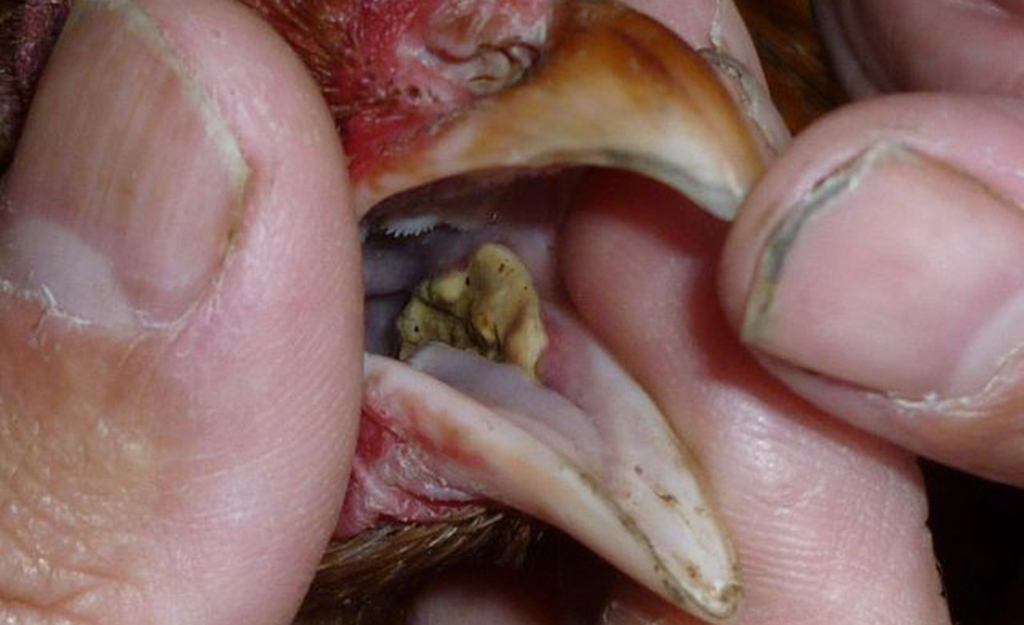 CONDITIONS THAT AFFECT THE DIGESTIVE SYSTEM OF CHICKENS
CONDITIONS THAT AFFECT THE DIGESTIVE SYSTEM OF CHICKENS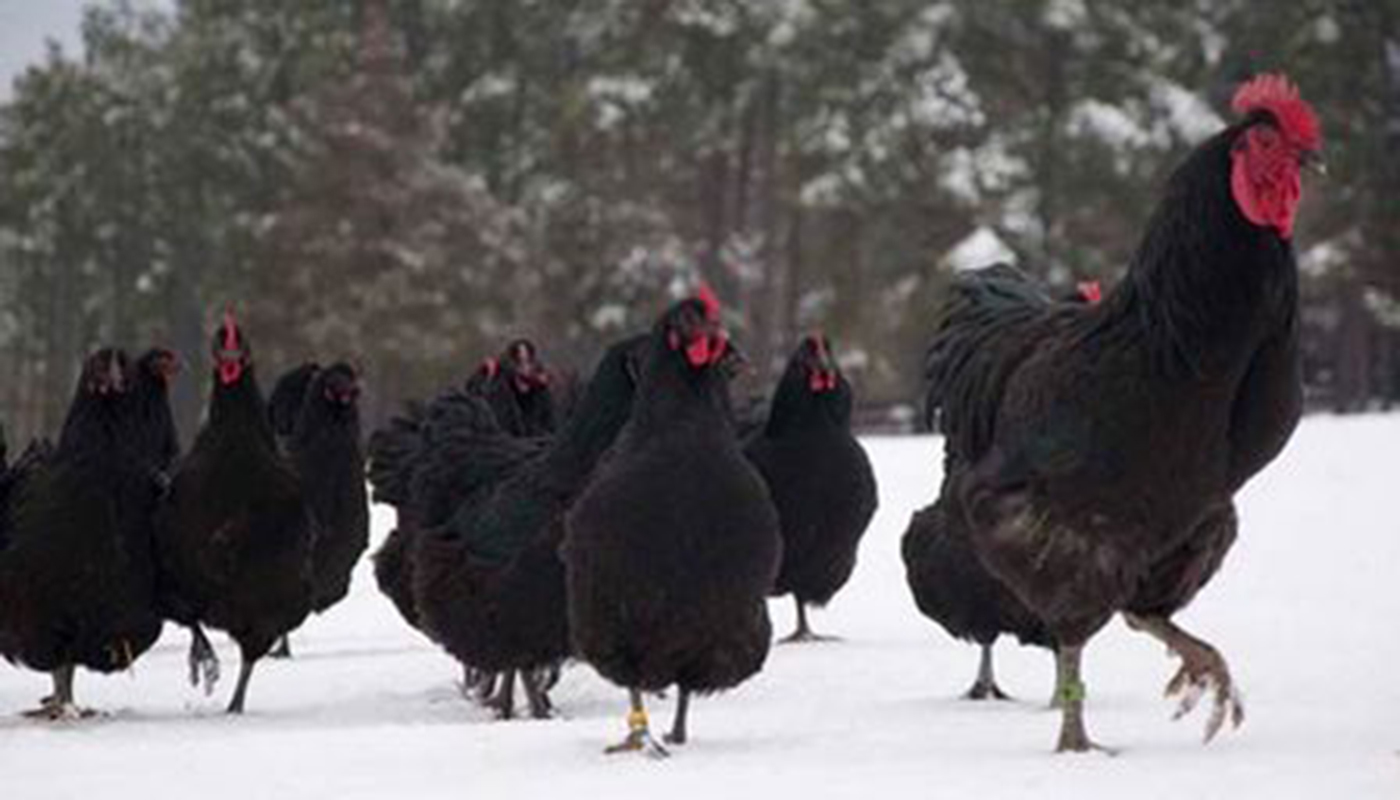 Jersey Giant Chicken Breed – Everything You Need to Know
Jersey Giant Chicken Breed – Everything You Need to Know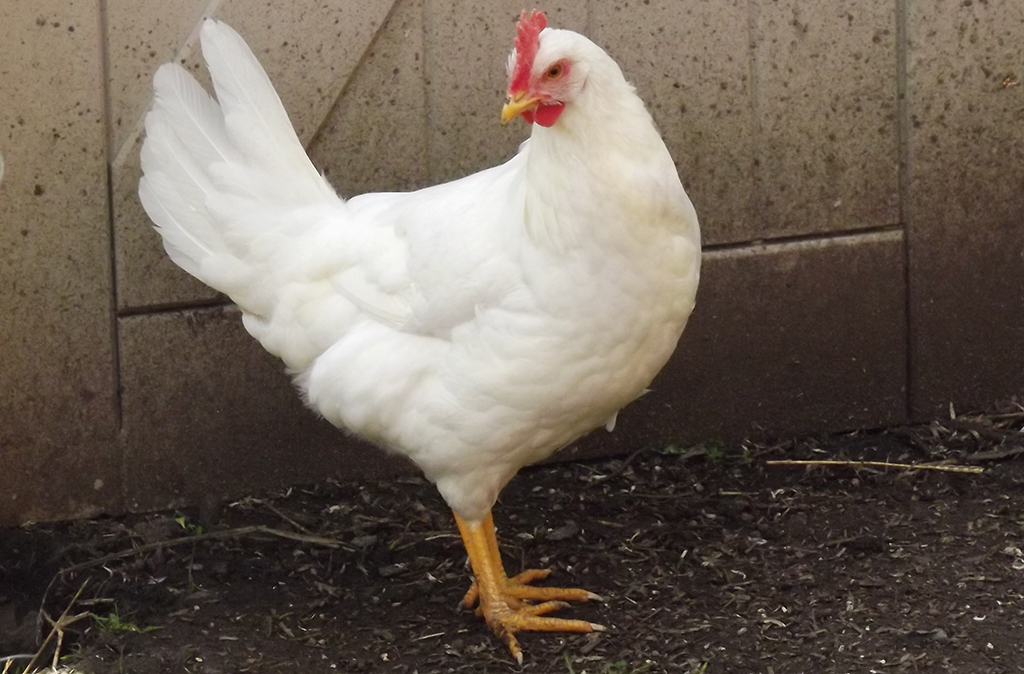 Top Chicken Breeds for Free Ranging
Top Chicken Breeds for Free Ranging Serama Chicken Breed – Everything You Need to Know
Serama Chicken Breed – Everything You Need to Know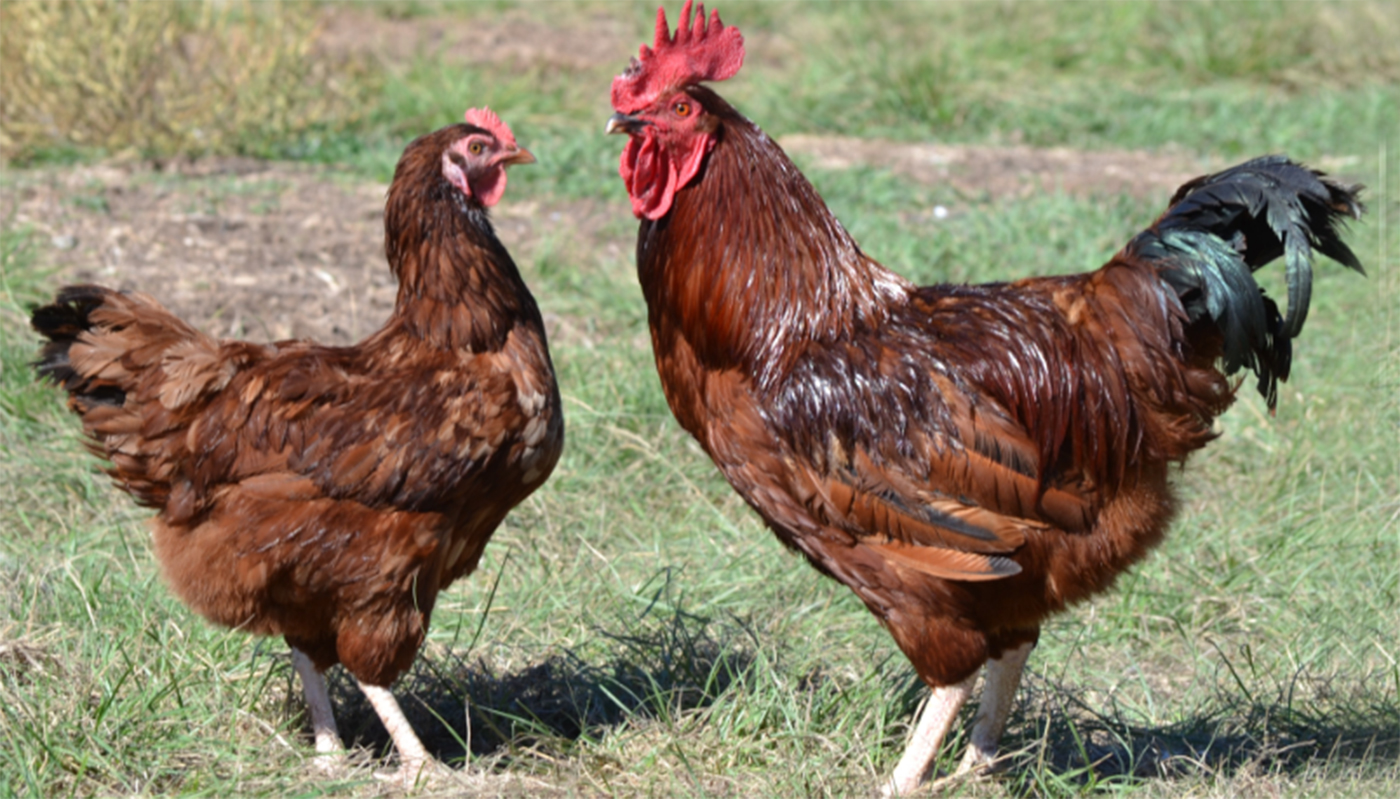 Rhode Island White Chicken Breed – Everything You Need to Know
Rhode Island White Chicken Breed – Everything You Need to Know Understanding Chicken Stress: Causes and Solutions | Tips for Happy Flocks
Understanding Chicken Stress: Causes and Solutions | Tips for Happy Flocks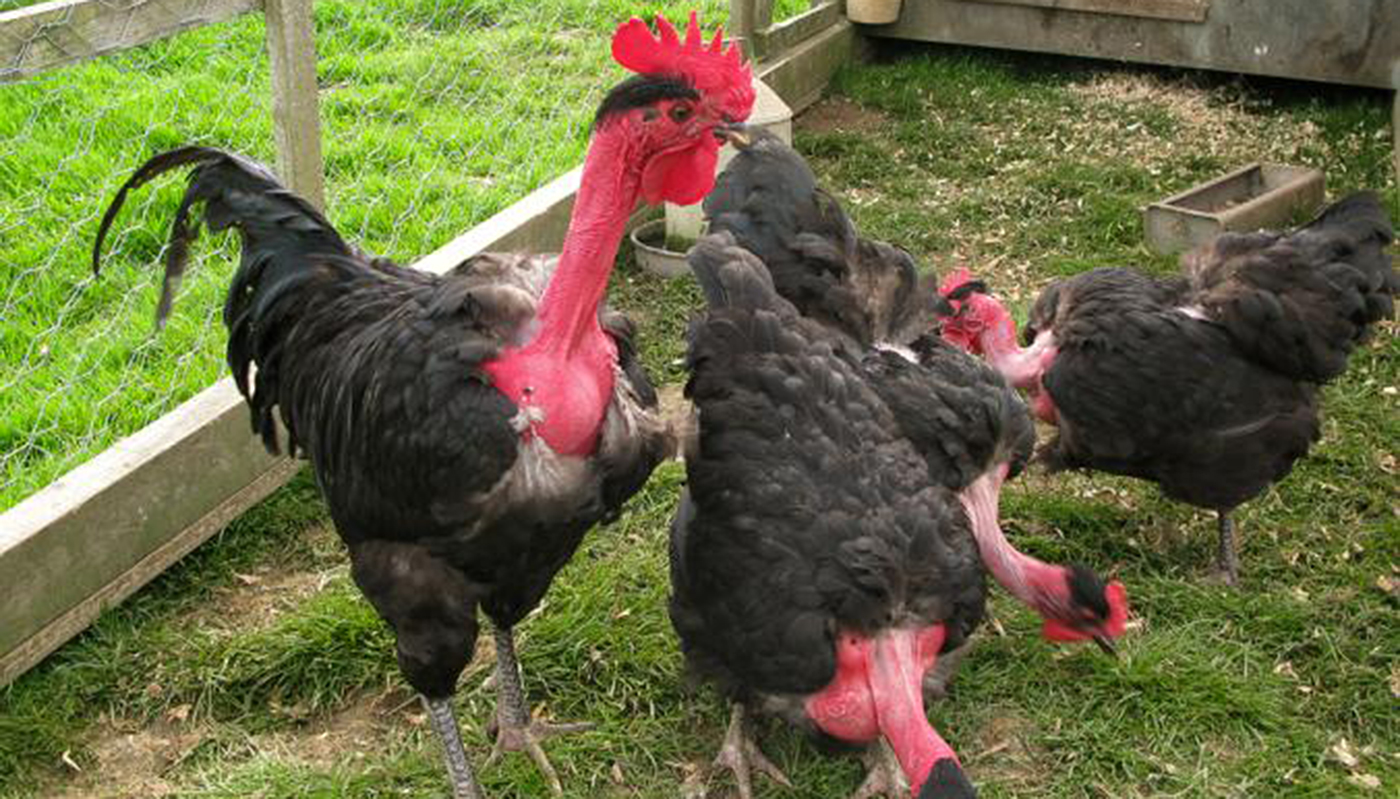 Naked Neck Chicken Breed – Everything You Need to Know
Naked Neck Chicken Breed – Everything You Need to Know Catalana Chicken Breed – Everything You Need to Know
Catalana Chicken Breed – Everything You Need to Know BEST TEMPORARY/PORTABLE CHICKEN RUNS FOR THE BACK GARDEN TO BUY
BEST TEMPORARY/PORTABLE CHICKEN RUNS FOR THE BACK GARDEN TO BUY